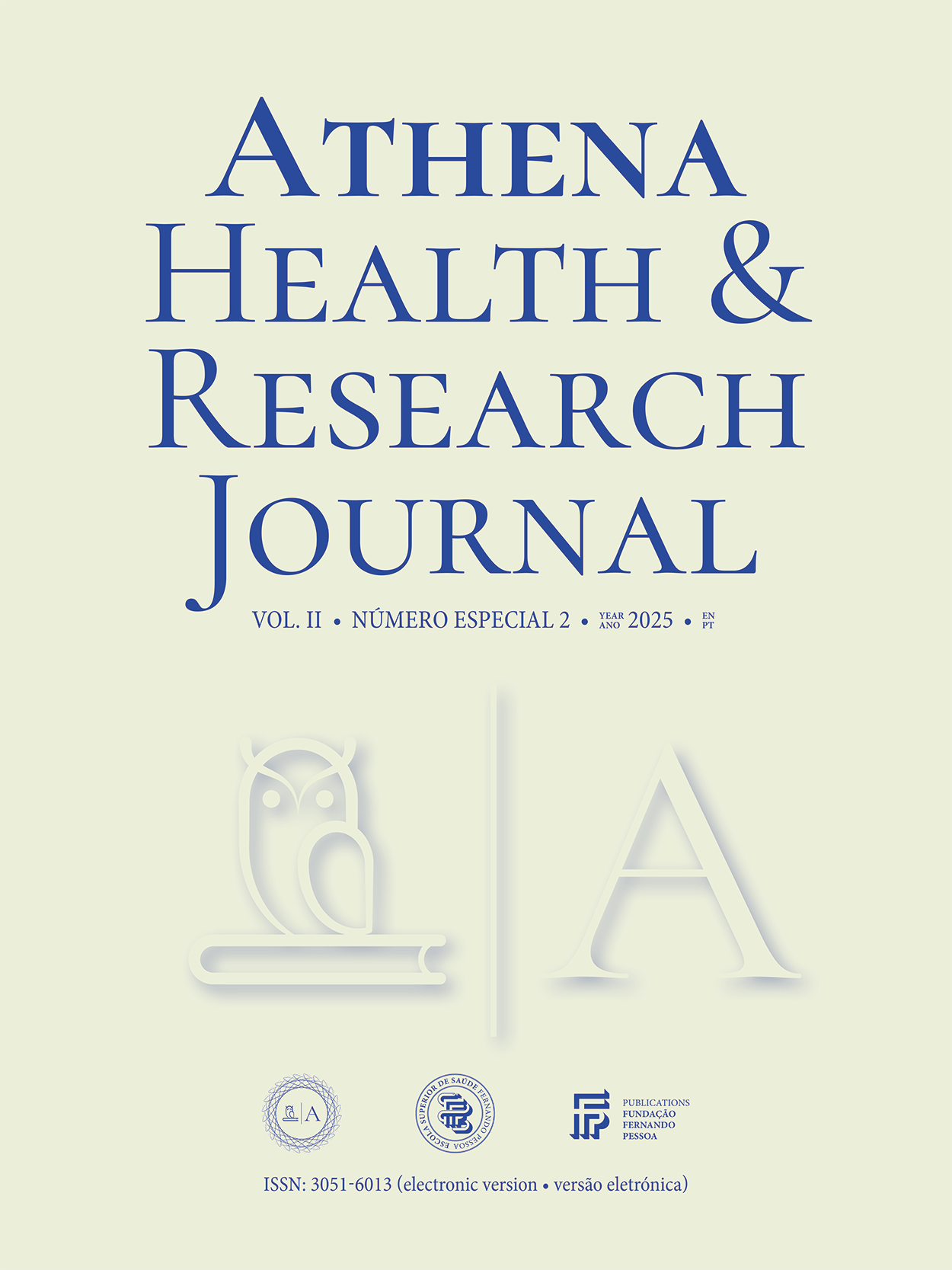Integrated facial harmonization with orthodontics: correction of gummy smile after orthodontic treatment
DOI:
https://doi.org/10.62741/ahrj.v2iSuppl.%202.114Keywords:
orofacial harmonization, botulinum toxin, gummy smile, facial analysis, self-esteemAbstract
Introduction: Facial esthetics is intrinsically linked to the smile, which is shaped by the interaction between teeth, gingiva, and lips. A harmonious smile requires a balanced proportion among these elements, with gingival exposure limited to 3 mm. When gingiva is excessively exposed during smiling, it is characterized as a gummy smile, a condition that may have a significant psychological impact and impair patients’ social interactions. The higher prevalence in females can be explained by the fact that male patients typically present with a lower smile line.
Objective: To demonstrate, through a clinical case, the effectiveness of integrating facial harmonization procedures with previous orthodontic treatment, focusing on the minimally invasive and predictable correction of gummy smile.
Methodology: This is a clinical case report. The patient underwent a detailed assessment after completing orthodontic treatment, including anamnesis, photographic records, panoramic radiograph, lateral cephalometric radiograph, and cephalometric analysis. Based on the clinical and functional findings, an individualized treatment protocol was established: 19 Gingivoplasty: Performed on teeth #13, #12, #22, and #23 to increase the height of the clinical crowns and achieve more balanced proportions; 29 Botulinum Toxin: Application of 2.5 U of botulinum toxin (Botox®) diluted in 2 ml of saline solution at each point of the levator labii superioris muscles (right and left) and at two points on the menta
Results: The initial and final images demonstrate the effectiveness of the treatment in harmonizing the gummy smile and improving the aesthetics of the lower third of the face. There was a reduction in the gingival band present in the smile, with consequent aesthetic gain, due to the increase in clinical crowns and the impossibility of a more active contraction by the levator labii superioris muscle after the application of botulinum toxin.
Discussion: The improvement observed in the reduction of gingival display highlights the critical role of the mimic muscles, particularly the levator labii superioris, in the etiology of a gummy smile. Hyperactivity of this muscle leads to excessive elevation of the upper lip, resulting in increased gingival exposure during smiling. The application of botulinum toxin effectively decreases this muscle’s contraction, limiting lip elevation and thus reducing the visible gingival band. This approach offers a minimally invasive treatment option that addresses the functional muscular cause without altering the underlying skeletal or dental structures. Alternative treatments for gummy smile include surgical lip repositioning, myotomy, and crown lengthening procedures, each targeting different anatomical factors depending on the etiology. Orthognathic surgery is reserved for cases involving skeletal discrepancies such as vertical maxillary excess. Overall, botulinum toxin represents a safe, reversible, and effective method to harmonize the smile by modulating muscle activity, contributing to improved facial aesthetics and patient satisfaction.
Conclusions: The integration of facial harmonization procedures with orthodontics represents an effective, predictable, and minimally invasive alternative for the correction of gummy smile in patients previously treated orthodontically. These treatments (Orthodontics and Facial harmonization) complement each other and allowed the patient to increases the level of satisfaction with her facial appearance, which positively impacted her self-confidence, socialization, and quality of life.
References
NA
Downloads
Published
Issue
Section
License
Copyright (c) 2025 Athena Health & Research Journal

This work is licensed under a Creative Commons Attribution-NonCommercial 4.0 International License.
Copyright of published papers is assigned to the Journal, but all content is licensed under the terms of Creative Commons Non-comercial 4.0 International License. Thus users are allowed to read, download, copy, distribute, print, search, or link to the full texts of the articles, or use them for any other lawful purpose, without asking prior permission from the publisher or the author. This is in accordance with the BOAI definition of open access.














